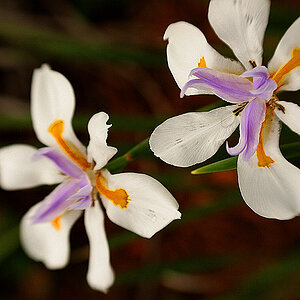dpolston
TPF Noob!
- Joined
- Apr 8, 2007
- Messages
- 949
- Reaction score
- 1
- Location
- Norfolk, VA.
- Can others edit my Photos
- Photos OK to edit
I have a photo that I can not capture!
Tonight I was taking photos of my daughters softball game and the moon was bright in a beautiful blue, starless, dusky sky. I pointed my monopod mounted Nikon D200 up and shot the Moon with my 70-200, 2.8 Nikkor lens and I saw on my monitor a big, bright white ball on a blue background... DANG-IT!
Taking a photo of the Moon is my Holy Grail. I have been taking photos for years and years and I dont know if I just cant grasp the concept of this photo or I need to hang my camera up. The best shot I ever got of the moon was during an eclipse and I know I have tried a dozen times over the past 20 years. I guess I don't stress out enough about not getting the photo taken until now! "I want to shoot the moon!"
What am I missing? How do I meter this? Can you shoot it either... hummm?
By the way sound engineers (the guys that record sound for movies and such) say that the sound of thunder without the sound of rain is their holy grail what is your photographic holy grail?
David
Tonight I was taking photos of my daughters softball game and the moon was bright in a beautiful blue, starless, dusky sky. I pointed my monopod mounted Nikon D200 up and shot the Moon with my 70-200, 2.8 Nikkor lens and I saw on my monitor a big, bright white ball on a blue background... DANG-IT!
Taking a photo of the Moon is my Holy Grail. I have been taking photos for years and years and I dont know if I just cant grasp the concept of this photo or I need to hang my camera up. The best shot I ever got of the moon was during an eclipse and I know I have tried a dozen times over the past 20 years. I guess I don't stress out enough about not getting the photo taken until now! "I want to shoot the moon!"
What am I missing? How do I meter this? Can you shoot it either... hummm?
By the way sound engineers (the guys that record sound for movies and such) say that the sound of thunder without the sound of rain is their holy grail what is your photographic holy grail?
David


 :mrgreen:
:mrgreen: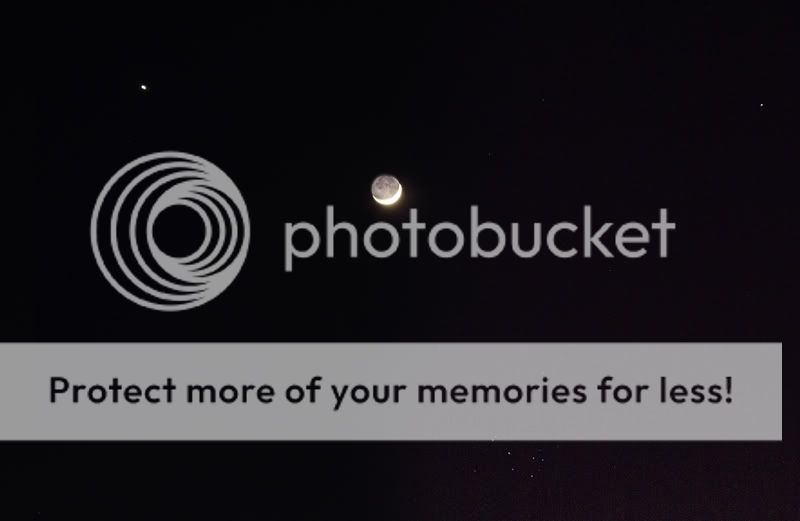


![[No title]](/data/xfmg/thumbnail/42/42459-a7a996b715ff4999d07738140fdd0fe3.jpg?1619740191)
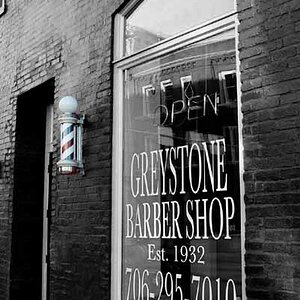
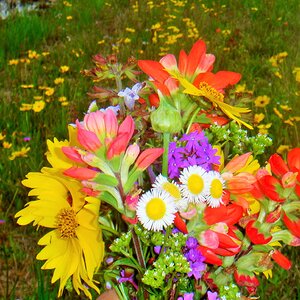
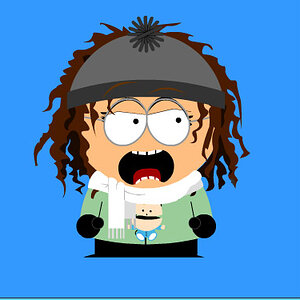
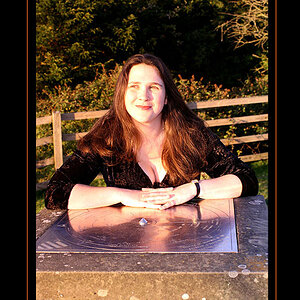
![[No title]](/data/xfmg/thumbnail/42/42462-2adb6efc01a19638fca25cd3000f5575.jpg?1619740192)
![[No title]](/data/xfmg/thumbnail/42/42460-80970c44cc9fb42dd0c86d08e7bc401d.jpg?1619740191)
![[No title]](/data/xfmg/thumbnail/42/42458-8274869c9294d2f0655f80c8f0e6048c.jpg?1619740191)


